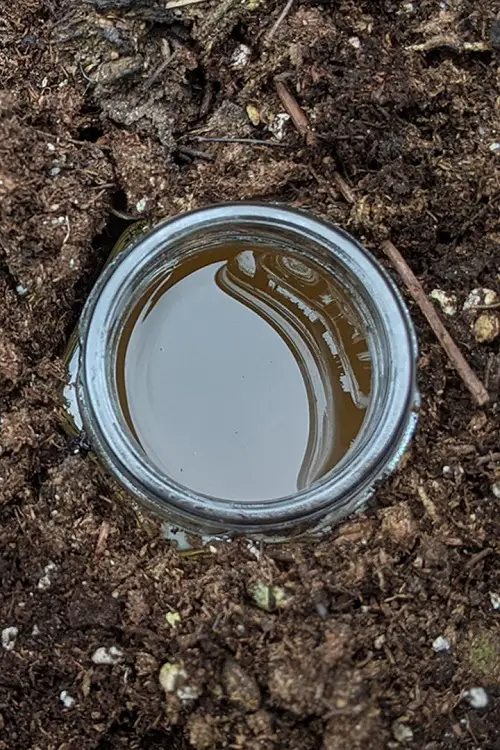This unconventional method works wonders for plant health and yield—Bury a Jar of Honey in your soil for a garden full of sweet surprises!
Honey is a powerhouse of nutrition, loaded with antifungal and antibacterial properties that aid root health. It boosts microbial activity and slowly releases sugars, enzymes, minerals, and amino acids in your garden. Bury a jar of honey in your soil and watch what happens!
Uses of Honey in Your Garden
When it’s growing season in your garden, it’s time to bring out that jar of raw, unprocessed local honey! If used appropriately, it can reduce the incidence of soil-borne diseases with its antifungal and bacterial properties, creating a healthy environment for your plants.
A fantastic natural fertilizer, honey is rich in sugars, enzymes, phosphorus, potassium, and trace amounts of iron, calcium, magnesium, and zinc, all of which provide energy to roots for plant growth and enhance soil fertility.
Honey also comprises beneficial microbes that help break down organic matter, enhancing soil texture and improving nutrient absorption. While honey deters unwanted pests like snails and slugs from destroying your plants, its sweet scent attracts pollinators like bees.
Better pollination means better blossoms, enhanced flavors, fragrance, yield, and healthy plants. Additionally, honey helps maintain soil moisture and improves plant resilience to environmental stress. Now, check out the right way to bury a jar of honey in your soil!
Bury a Jar of Honey in Your Soil
The first step is to pour the honey into a clean mason jar and seal it with a lid with a hole or two punctured onto the top for the honey to leak out slowly. You can also use a porous clay lid or a mesh bag.
Pick a spot where the vegetation appears dull and wilted, and your plant won’t flourish. Dig a hole deep enough for the jar, place it upside down, with the lid facing down, and then cover it entirely with 2-3 inches of soil. In a few weeks, you will find healthier plants!
Whenever you water the soil, the moisture will cause the honey to slowly release and dissolve, gradually reaching plant roots. Of course, this will not last forever, and you’ll need to replenish the honey in the jar after a few months—even sooner if you use a mesh cover.
To retrieve the jar, carefully dig around where you buried it, taking care not to damage it. Remove it from the ground and dispose of the old honey properly. Keep the jar for the next growing season!
Note: You should use the remedy in cycles during the growing season. Let the honey work its magic for a month, then take it out. Put it back in the next change of season. You can also use it as a rooting hormone.
Things To Keep in Mind

- Always use good-quality, 100% natural honey. Honey with preservatives or additives can worsen the soil’s quality. But if it’s good, here’s what it can do for the garden.
- While honey can truly be a blessing for plant health, overuse can disrupt the natural ecosystem in the garden.
- Make sure the mason jar you fill with honey is made of glass or other non-reactive substances like ceramic or stainless steel so it does not ruin the quality of the soil.
- If you have an infestation of ants, avoid trying this hack, as it can worsen the situation.
Time to try the hack on your plants! Do let us know how it goes for you in the comments below!



